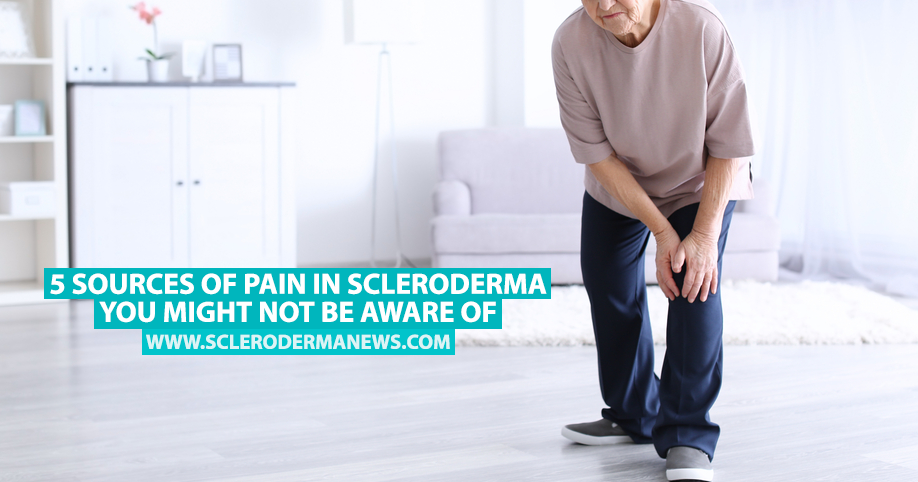5 Sources of Pain in Scleroderma You Might Not Be Aware Of

Pain, along with fatigue, is one of the main symptoms of scleroderma and one of the toughest to deal with on a day-to-day basis. While the areas of the body affected by pain will vary from one scleroderma patient to another, the pain is generally caused by one of these five issues, according to the John Hopkins Scleroderma Center.
Joint Stiffness
Excess fluid can cause stiffness in the joints for people with scleroderma as fluid leaches from the blood vessels into the hands and fingers, causing swelling. The pain is often more acute in the morning, but as the body becomes mobile, the fluid disperses, the swelling goes down and the pain eases.
Some may find that the backs of their hands swell, others find the knuckles or certain fingers are painful. While the pain and swelling can last for weeks or even months, many find that it improves over time without treatment. The skin in the hands continues to thicken, which causes the fingers to curl down.
Joint stiffness can also be caused by inflammation and can occur anywhere on the body including the shoulders, elbows, wrists, knees, ankles and hips. Again, this is often worse after waking or resting and usually subsides throughout the day.
Arthritis
The two main types of arthritis — osteoarthritis and inflammation arthritis — both tend to strike when waking up or after a period of inactivity. The pain from osteoarthritis usually subsides within half an hour, but inflammation-induced arthritis can last much longer and be much more painful. It can be treated with steroids, although anti-inflammatory drugs usually prescribed for rheumatoid arthritis may not be effective.
MORE: 11 fast facts about systemic sclerosis
Joint Contractures
As the skin thickens in scleroderma patients, they may begin to suffer from joint contractures where they’re unable to fully straighten or flex out joints such as the fingers, elbows or knees. Joint contractures can lead to a decline in the range of motion which can result in stiffness and pain.
Regular physical therapy can help to maintain range of motion for as long as possible.
Tendons
Tendons are the cords that attach the muscles to the bones. If the sheaths that contain the tendon begin to lose their lubricating fluid, the tendon can begin to rub, causing friction. Tendonitis (or tendon rub) typically affects the knees, elbows, and ankles and can be debilitating for some.
Anti-inflammatory painkillers and applied heat can help with pain management.
Nerves
Nerve pain is a common symptom for many people with scleroderma and conditions such as Carpal Tunnel Syndrome and neuralgia are regularly experienced. Nerves become trapped due to swelling, causing pain and numbness in the affected area, often worsening at night and disturbing sleep.
Carpal Tunnel can be treated by wearing splints on the wrists and with cortisone injections, although some severe cases may require surgery. Trigeminal neuralgia can be treated with medication or as a last resort, surgery.
MORE: 12 things to care for when you have scleroderma
Scleroderma News is strictly a news and information website about the disease. It does not provide medical advice, diagnosis or treatment. This content is not intended to be a substitute for professional medical advice, diagnosis, or treatment. Always seek the advice of your physician or other qualified health provider with any questions you may have regarding a medical condition. Never disregard professional medical advice or delay in seeking it because of something you have read on this website.






